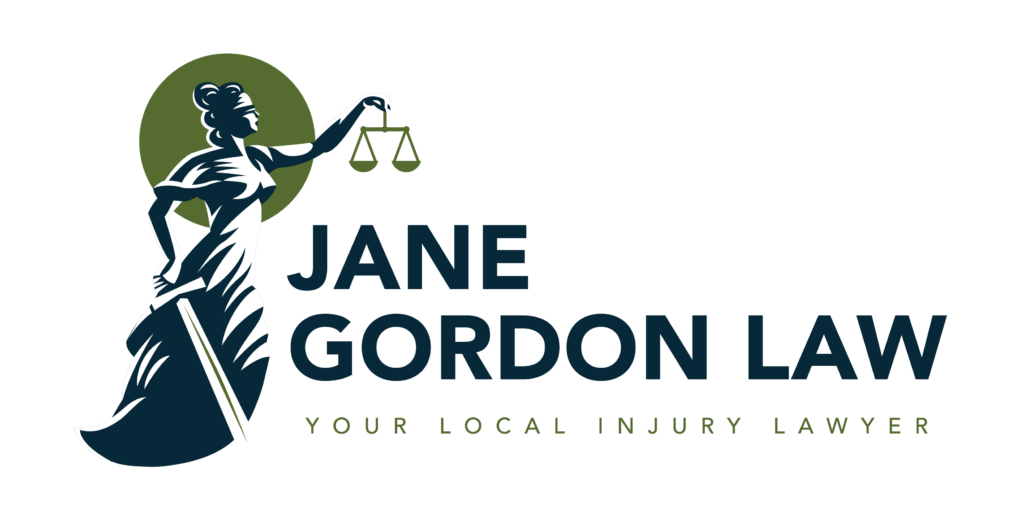
Your Child Was Injured at Daycare: What’s Next?
It’s a situation no parent ever wants to experience: you receive a phone call that your child has been injured at daycare. You may feel afraid, angry, overwhelmed, or lost on what to do next. You might ask yourself, “can I sue if my child gets hurt at daycare?” and “who can be held responsible?”
While emotions may run high, understanding your options can provide a sense of control and direction. Knowing the steps to take can help protect your child’s well-being and ensure that any legal rights you have are safeguarded. In Idaho, daycare facilities are subject to specific laws and regulations that could play a role in determining liability in the event of an injury.
Let’s review what you need to know and do if your child has been injured while under the care of a daycare.
Step 1: Ensure Your Child’s Safety and Well-Being
The first priority in any daycare accident is to ensure your child is safe. Immediately seek medical attention, even if the injury appears minor. Some injuries, like concussions or internal injuries, may not be immediately apparent, so it’s essential to have a healthcare professional evaluate your child.
As you seek medical care, be sure to document the injury. Take photos of any visible injuries, and keep all medical records, including doctor’s notes and test results. These documents will be crucial if you decide to pursue legal action.
In Idaho, daycare centers may be required to report serious injuries to state agencies. Make sure to ask the daycare if a formal report has been filed, as this could provide valuable insight into what happened.
Step 2: Gather Information About the Incident
Once your child’s immediate health needs are addressed, you should begin gathering information about how the injury occurred. Ask the daycare staff for a detailed account of the incident. Request any internal incident reports that were filled out at the time of the injury. Idaho law requires licensed daycare centers to maintain records of such events, so you have the right to request a copy.
Additionally, reach out to any witnesses who may have seen the accident — whether they’re other caregivers, parents, or even other children. Witness accounts can provide critical perspectives and help build a clearer picture of what really happened.
Step 3: Consult a Daycare Injury Attorney
At this point, it’s a good idea to reach out to a daycare injury attorney. An experienced personal injury attorney can guide you through the next steps, help you gather the right documentation, and advise you on how Idaho’s daycare safety laws could impact your case. They can also communicate directly with the daycare on your behalf, ensuring you don’t accidentally say something that could complicate matters.
Starting legal representation early ensures you don’t miss critical details or deadlines and sets the stage for a smoother process moving forward. Your attorney can help you gather the necessary evidence, assess whether the daycare violated Idaho’s safety regulations, and negotiate with the daycare’s insurance company. If necessary, your attorney can also guide you through filing a lawsuit to seek compensation.
While working with an attorney early will make the process easier for you, if you start this step later on, that’s okay! A personal injury attorney can help at any stage of the process.
Step 4: Review Your Daycare Agreement and Idaho Regulations
With the help of your personal injury attorney, it’s important to review the contract you signed with the daycare. This document often contains liability waivers or terms outlining the daycare’s responsibilities in case of injury. While your daycare center may include these waivers, Idaho law does not always uphold them, especially in cases of gross negligence or safety violations. In other words, even if you signed a waiver, you might still have legal recourse if the daycare failed to meet its obligations.
Daycares in Idaho have to follow specific safety rules, like making sure there’s a proper number of staff for the number of kids, conducting background checks on caregivers, and keeping the environment safe. These rules are laid out in Idaho’s laws under Title 39, Chapter 11, which covers daycare licensing. If the daycare breaks any of these rules and it leads to your child’s injury, your personal injury attorney can assess whether the daycare can be held legally responsible.
Step 5: Determine Liability
To move forward with any legal claim, it’s important to establish liability. Under Idaho law, daycares must follow strict child-to-caregiver ratios. For example, for children under 24 months, there must be one caregiver for every six children. If your child’s injury occurred because there weren’t enough staff members to provide adequate supervision, the daycare may have violated state regulations, which could contribute to their liability.
Beyond staffing, Idaho daycare providers owe children a duty of care, meaning they are responsible for keeping the environment safe and hazard-free. If your child’s injury was caused by unsafe conditions — such as broken playground equipment or hazardous materials left unattended — the daycare may be liable under premises liability laws. Your attorney will work with you to establish who is responsible and the best course of action to take.
Step 6: Document Everything
Throughout the process, it’s essential to document everything thoroughly. In addition to medical records, make sure to save all communication with the daycare, including emails, texts, and notes from conversations with staff. These records may provide insight into how the daycare responded to the incident and whether they followed proper procedures.
Also, keep a close watch on your child’s physical and emotional well-being after the injury. Changes in behavior, emotional distress, or anxiety about returning to daycare could be critical to showing the injury’s long-term impact. Your daycare injury attorney can use this documentation to strengthen your case.
Step 7: Know Your Legal Options
Once liability is established, your personal injury attorney can guide you through your legal options. If the daycare’s negligence — such as inadequate supervision or unsafe conditions — led to your child’s injury, you may be able to file a claim for damages. Idaho follows a modified comparative negligence rule, meaning that if multiple parties share responsibility, the compensation is dependent on each party’s level of fault. As long as the daycare is at least 51% responsible for the injury, you can recover damages.
Here’s an example: Let’s say your child was injured because the daycare staff failed to properly supervise the playground, and the daycare is found to be 70% at fault for not having enough staff members watching the children. In this case, the daycare could be held primarily responsible for the injury. If a third party, such as a playground equipment manufacturer, was found to be 30% at fault due to faulty equipment, their liability would reduce the daycare’s share of responsibility. Regardless, under Idaho’s modified comparative negligence rule, you would still be able to recover compensation, since the daycare was at least 51% at fault.
In this scenario, your compensation would be based on the proportion of fault attributed to the daycare and any other liable parties. Your child would not be held responsible, as young children are generally not capable of contributing to fault in legal terms. Compensation received from your daycare personal injury case can cover medical bills, emotional distress, pain and suffering, and, in severe cases, long-term future expenses.
Dealing with a daycare accident is a stressful and emotional experience, but knowing the steps to take can make all the difference. By understanding Idaho’s daycare safety regulations, documenting the injury thoroughly, and consulting with a skilled personal injury attorney, you can ensure your child’s well-being is protected.
Was your child injured in a daycare accident? Reach out today for a free 1:1 consultation and let’s see how I can help during this difficult time.
